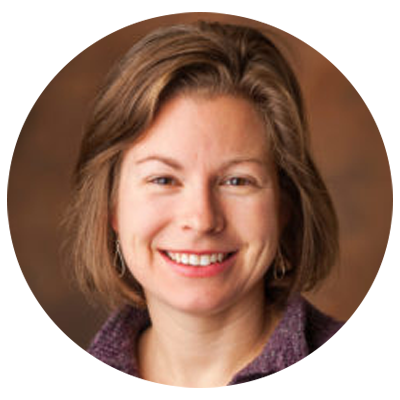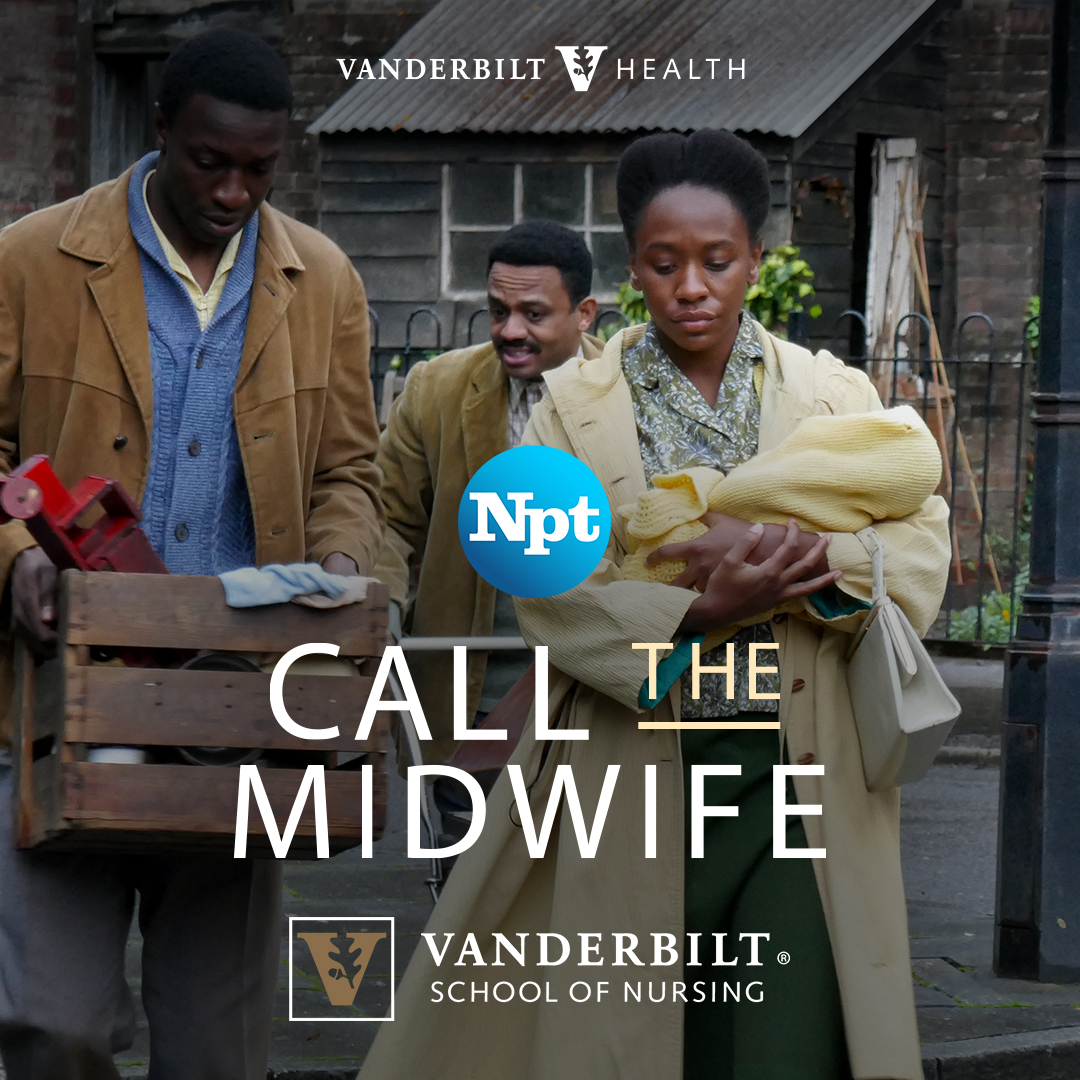
Call the Midwife is back for its 10th season and so are the faculty of the Vanderbilt University School of Nursing to provide historical and contemporary context in a weekly recap blog. Watch the show Sundays at 7 p.m. through Nov. 14. Each new episode will be available to stream for free from its broadcast premiere through Dec. 21. A 10th anniversary retrospective airs Nov. 21 at 8 p.m. SPOILER ALERT: Some posts may contain plot details.
Call the Midwife is back! I am so glad to spend another season with my fictional colleagues in the past. But even to this fan, Episode 2 wasn’t particularly enjoyable. In the first minutes the narrator warns us that we’re entering a rocky period in Great Britain, a period of shaky instability for our Nonnatus House midwives. The plotlines are indeed unsettling: A new mother dies of leukemia, Trixie observes an illicit termination of pregnancy disguised as a legitimate D&C [dilation and curettage], a young family of immigrants survives on food donations as they squat in an East End basement.
Call the Midwife typically offers hope through births, but the only baby born in this episode was conceived through a regretted affair. His arrival is disruptive, unexpected. He is born unattended, then left lifeless on the bed instead of pulled into welcoming maternal arms. The baby ends up in arms and in the family, but the birth scene initially reads as a tragedy rather than a celebration. As promised this episode shows us fear and uncertainty on all fronts.
One quiet plotline that grabbed my attention is the story of Sister Frances and her married opposite: one twenty-something sheltered in the convent, the other a stylish young mother who hides her illicit pregnancy from her husband and prepares to place her baby for adoption. Sister Frances bravely advocates for her client but worries about the vast gulf between her life and her patient’s.
Here’s where I want to press pause so that I can sit down with Frances over a fancy cup of Earl Grey at the Nonnatus House kitchen table. She asks such an important question: How can I understand my patient if my life is different from hers? So many questions follow: How can my young midwifery students authentically assume care of birthing people years older? Is motherhood essential to being a good midwife? Should Black women be cared for by white midwives?
There’s no one right answer to any of these questions, but the conversation could last through many pots of tea. I know that my own pregnancies and births deepened my empathy for my patients. But carrying a pregnancy and giving birth are clearly not essential to being an effective midwife. Many legendary midwives have not been mothers, including pioneering professor Helen Varney, author of our core textbook, and local leader Frances Likis, who edited our academic journal for over a decade.
My young students sometimes have limited life experience to carry into the labor room, but they bring enthusiasm and up-to-date knowledge of the science and deep commitment to their patients. And yet sometimes similarity to our patients is valuable. We know that Black women have fewer neonatal deaths when they are cared for by Black midwives and obstetricians, probably because that racial concordance promotes communication and protects Black women from biased treatment.
What I would ultimately tell Sister Frances – speaking from many more years of experience – is that the work of midwifery is what bridges the gap between us and our clients. No need to read women’s magazines on the sly! I broaden my understanding of my patients by sitting with them through prenatal visits and in the labor room, listening to their stories, hopes, complaints, worries, wishes. Midwifery is relational. Our work provides intimate one-on-one encounters with all kinds of people, and those encounters move us closer together.

Kate Virostko, MSN, CNM, is a member of the Vanderbilt Nurse-Midwives & Primary Care for Women at Melrose, the clinical practice of the Vanderbilt University School of Nursing.
